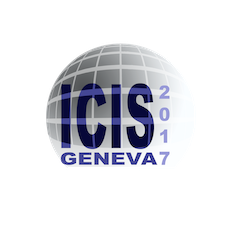Speaker
Description
IsoDAR is an experiment under development to search for sterile neutrinos using the isotope Decay-At-Rest (DAR) production mechanism, where protons impinging on $^9$Be create neutrons which capture on $^7$Li which then beta-decays producing $\bar{\nu}_e$. As this will be an isotropic source of $\bar{\nu}_e$, the primary driver current must be large (10 mA cw) for IsoDAR to have sufficient statistics to be conclusive within 5 years of running. H$_2^+$ was chosen as primary ion to overcome some of the space-charge limitations during low energy beam transport and injection into a compact cyclotron, to be stripped into protons before the target. At MIT, a multicusp ion source (MIST-1) was designed and built to produce a high intensity beam with a high H$_2^+$ fraction. I will present the latest commissioning results of MIST-1.
